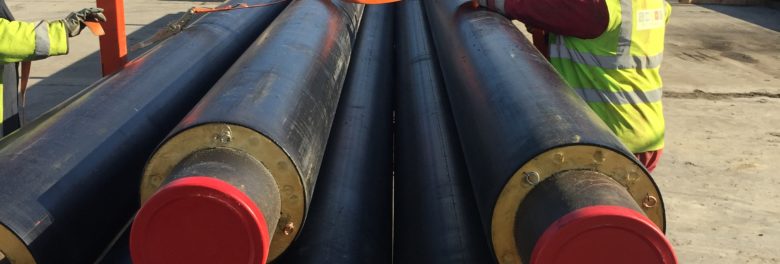
There are calls for the UK’s Heat Networks to be formally regulated. The Competition & Markets Authority (CMA) have reported on how the market might look in the future and identified key drivers and trends in the industry. These include identifying Ofgem as a suitable regulator, assessing the need for greater consumer protection and developing a suitable framework for market pricing of heat.
Currently the market for UK’s Heat Networks are either not regulated or self-regulated using voluntary schemes such as the Heat Trust.
Currently to meet the UKs decarbonisation targets heat networks are predicted to increase their market share from 2% to 18% by 2050. The CMA proposes that if regulation is to be implemented a flexible Regulatory Framework is needed that puts customer first but also offers enough incentive to investors to put their capital into Heat Networks.
The CMA believes market regulation is needed to ensure that the market can grow effectively and have made recommendations accordingly. These include:
The regulator: Ofgem is proposed as the regulator for Heat Networks. The market, like other utilities would, adopt a new regulatory framework with mandatory technical and financial requirements. CIBSE Guide CP1 is proposed as being used as a minimum design standard.
Customer Protection: Current heat customers are not afforded the same consumer protection as other utilities (gas & electric). Under the CMA proposals this would change, with customer being provided the same protection and access to an ombudsman via the market regulator.
Transparency of Tariffs: It is proposed a tariff & billing structure is implemented to provide greater transparency of how customer bills are calculated.
Price regulation: It is proposed that a ‘principles based’ approach is used in price regulation. A degree of flexibility would be applied to capital investment and the use of ESCo type models, meaning on larger scale heat networks ESCo’s could be implemented as the larger number of units gives economies of scale, where smaller schemes would have less opportunity to adopt such a model whilst retaining price competitiveness to residents.
In carrying out ESCo & CEM tendering work with developers a lot of the above is already successfully being done by the industry. Formalising best practice into Regulation in our view is nothing for the sector to be worried about and the natural next step for the industry as it grows, and heat networks become more common.
Posted on August 21st, 2018
Author: Igor Esteves
Related services: O&M Tendering & Tariff Modelling, ESCO Tendering,